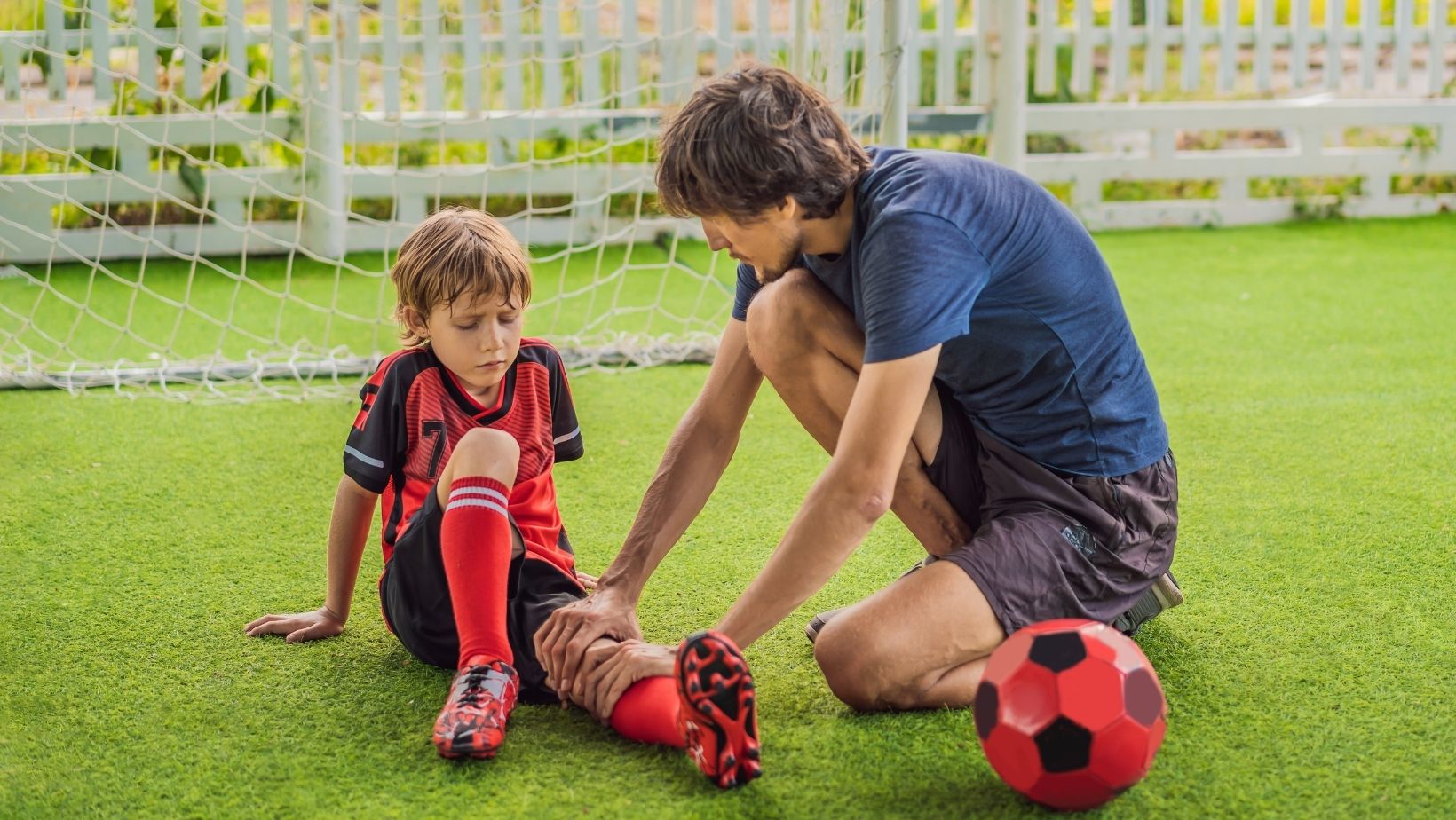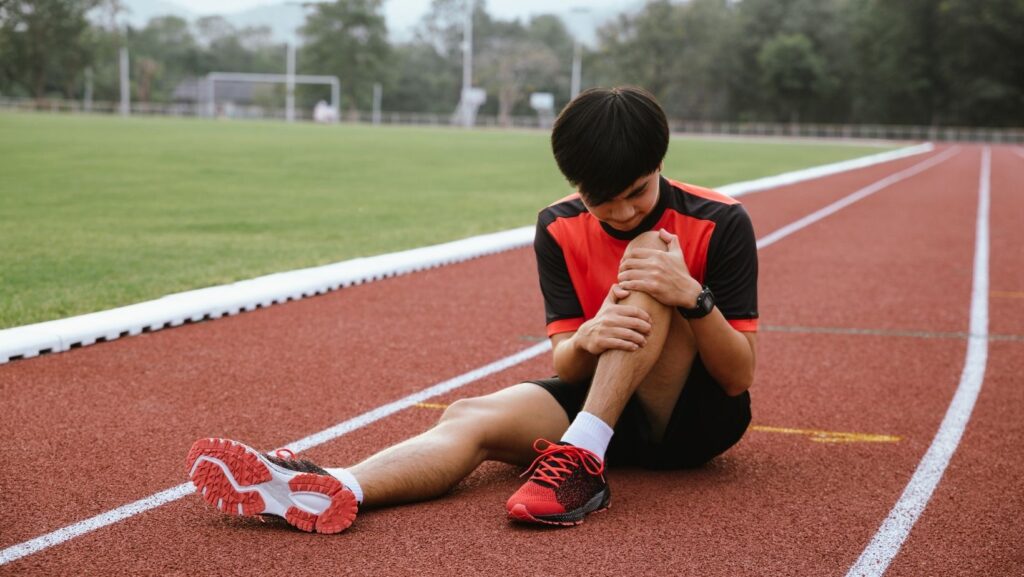Sports injuries happen to athletes at every level, but you don’t have to let them keep you out of the game for long. Whether it’s a sprained ankle or a pulled muscle, jumping on treatment right away can really make a difference and help you avoid nagging problems that drag on for years.
If you act fast—especially in the first 48 hours—you can cut healing time in half and steer clear of complications down the line. The RICE method (Rest, Ice, Compression, Elevation) is a solid go-to for immediate care and something most people can manage before seeing a doctor.
Knowing when to call in a professional matters, too. If a minor ache or pain just won’t quit after a week, it’s time to get checked out. Athletes who listen to their bodies and deal with pain early usually bounce back faster and avoid those stubborn, long-term setbacks that come from just pushing through.
Recognizing and Responding to Early Signs of Sports Injuries
Catching sports injuries early really helps keep them from turning into bigger, chronic problems. Acting quickly and treating them right gives you the best shot at getting back to your sport.
Identifying Symptoms Before They Worsen
Pain is usually the first red flag. If you feel pain during or after exercise, don’t just brush it off—your body’s trying to tell you something’s up. Swelling around joints or muscles is another clue. Even mild swelling means there’s some inflammation or tissue damage happening.
If you notice you can’t move a joint like you normally do, or it feels stiff, that’s worth paying attention to. Sudden weakness in a muscle that used to feel strong could mean a strain or even a small tear. If symptoms keep coming back when you do similar movements, that’s your cue that something still isn’t right.
Some early warning signs to watch out for:
- Pain that sticks around longer than 48 hours
- Your joint feels unstable or gives out
- Clicking or grinding noises you haven’t heard before
- Numbness or tingling that doesn’t go away
- Skin color changes that look worse than a normal bruise
Immediate First Aid Measures
For most injuries, go straight to the RICE protocol:
- Rest: Stop whatever caused the pain right away to keep things from getting worse.
- Ice: Put ice on the area for about 15-20 minutes every couple of hours during those first two days. Always use a cloth between the ice and your skin.
- Compression: Wrap the area with an elastic bandage to keep swelling down, but don’t wrap it so tight you cut off circulation.
- Elevation: Try to keep the injured part up above your heart as much as you can.
If you need it, take some over-the-counter painkillers. NSAIDs like ibuprofen can help with pain and swelling. Skip the heating pads at first—heat can make swelling worse in the first couple of days.
And avoid massaging the injured spot right away. That can actually do more harm than good early on.
Deciding When to Seek Professional Help
Get medical help right away if:
- You can’t put any weight on the injured limb
- There’s a lot of swelling or the area looks deformed
- You heard a pop when you got hurt
- The pain is really bad and doesn’t get better when you rest
- Your joint feels wobbly or unstable
If you’ve been trying home care for a week and things aren’t improving, make an appointment.

Playing through pain can turn a small issue into something much bigger. Kids need to see a doctor sooner, since their bones and joints are still growing and more at risk for long-term problems.
If you’ve hurt the same spot before, don’t wait around—re-injuries tend to be worse.
Sports Doctor in Singapore
If you need expert care for sports injuries, a sports doctor in Singapore can provide prompt and professional treatment. The country has many top-notch specialists, and numerous clinics offer same-day appointments for urgent cases.
Doctors here use advanced tools like ultrasound and MRI to figure out exactly what’s going on, even when you can’t see much on the outside. Most sports clinics bring together physiotherapists, orthopedic surgeons, and rehab specialists so you get a team working on your recovery. It’s a more complete approach.
Insurance coverage can be hit or miss, so check your policy or ask the clinic about how payments work. You’ll find several sports medicine centers close to big sporting venues, and some even offer mobile services for teams or events.
Proactive Treatment Strategies for Sports Injuries
Getting ahead of an injury is the best way to keep it from lingering. The right mix of rest, smart rehab, and tweaking your technique helps you heal fully and get back to what you love.
Rest and Gradual Return to Activity
Rest comes first after any injury. Stop the activity that caused the problem right away so you don’t make things worse. But that doesn’t mean you should just lay around and do nothing. The RICE method still works well for the first couple of days. Keep icing for 15-20 minutes every few hours to help with swelling.
Once the worst has passed, start moving again—just keep it light and avoid stressing the injured area. It’s smart to follow the 10% rule: only bump up your activity by about 10% each week. That gives your body time to adjust without overdoing it.
Targeted Rehabilitation Exercises
Rehab exercises should help you get back strength, flexibility, and normal function. The exercises need to match both your injury and your sport. Start with gentle range-of-motion moves to keep things from getting stiff. As you heal, add in more strength work.
What makes rehab work best:
- Sticking with daily exercises
- Slowly making things harder
- Working on balance and body awareness
- Practicing movements you’ll actually use in your sport
Physical therapists can build programs that target your specific weak spots. In fact, research says that guided rehab can lower your chances of getting hurt again by about 30%.
Preventing Re-Injury With Proper Technique
So many sports injuries trace back to shaky biomechanics or just plain bad technique. Fixing these habits really matters if you want to stay healthy long-term.
It’s smart for athletes to team up with coaches or movement pros who can spot and help fix those hidden movement quirks. Sometimes, watching a video of yourself in action reveals details you’d never notice otherwise.
Common technique corrections include:
- Landing safely in jumping sports
- Improving running form and foot strike
- Using the right lifting methods during strength training
- Sharpening sport-specific movement skills
Switching up your gear can also make a difference. The right shoes, a brace, or even some tape might give extra support where you need it most. Even after you feel one hundred percent, those maintenance exercises shouldn’t stop. They help keep your muscles strong and your movements on point.

